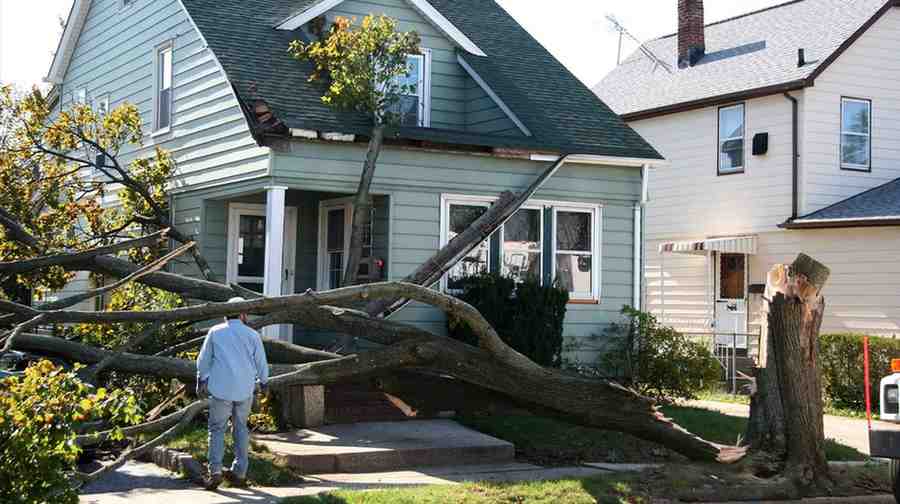Owning a home is one of the most significant investments you’ll make in your lifetime. Along with the joy of having a place to call your own comes the responsibility of safeguarding it. Home insurance, often overlooked or misunderstood, is your safety net against unexpected events that can damage your property or belongings. Here’s everything you need to know about protecting your home and ensuring peace of mind.
What Is Home Insurance?
Home insurance is a policy that provides financial protection for your home and personal belongings in the event of damage or theft. It also offers liability coverage if someone is injured on your property or if you accidentally cause damage to someone else’s property. Whether you’re a homeowner, landlord, or renter, having the right insurance policy is crucial.
Types of Home Insurance Coverage
- Dwelling Coverage
This protects the structure of your home, including walls, roof, and built-in appliances, against hazards such as fire, windstorms, and vandalism. It’s essential to ensure your policy covers the full replacement cost of your home. - Personal Property Coverage
This covers your personal belongings like furniture, electronics, and clothing. For high-value items like jewelry or art, you may need additional riders or endorsements. - Liability Coverage
If someone is injured on your property or if you cause unintentional damage to someone else’s property, liability coverage can protect you from legal expenses and medical bills. - Additional Living Expenses (ALE)
If your home becomes uninhabitable due to a covered peril, ALE will cover temporary living costs such as hotel bills and meals. - Other Structures Coverage
Structures not attached to your home, like a garage, shed, or fence, are covered under this portion of your policy.
Common Perils Covered and Excluded
Most standard home insurance policies cover:
- Fire and smoke damage
- Windstorms and hail
- Theft and vandalism
- Water damage from plumbing or appliances
However, certain events are typically excluded, such as:
- Floods
- Earthquakes
- Wear and tear or maintenance issues
To cover these exclusions, you may need separate policies, such as flood or earthquake insurance.
How to Determine the Right Coverage
- Evaluate Your Home’s Value:
Calculate the cost of rebuilding your home, not just its market value. - Inventory Your Belongings:
Create a detailed inventory of your possessions to determine the level of personal property coverage you need. - Consider Your Location:
If you live in a high-risk area for floods or earthquakes, additional coverage is a must. - Assess Your Lifestyle:
If you frequently host guests or own a pool, higher liability limits might be necessary.
Tips to Save on Home Insurance
- Bundle Policies: Many insurers offer discounts if you bundle home and auto insurance.
- Increase Your Deductible: A higher deductible can lower your premiums, but make sure you can afford it in case of a claim.
- Enhance Home Security: Installing smoke detectors, alarm systems, or deadbolt locks can reduce your risk and premiums.
- Shop Around: Compare quotes from multiple insurers to find the best rates and coverage.
The Importance of Regular Reviews
Life changes, and so do your insurance needs. Whether you’ve renovated your home, acquired valuable items, or experienced a lifestyle shift, it’s essential to review and update your policy regularly.
Final Thoughts
Home insurance is more than just a legal or lender requirement; it’s your shield against life’s uncertainties. By understanding the basics, evaluating your needs, and staying proactive, you can ensure your property and family are well-protected. Remember, the right coverage today can save you significant financial stress tomorrow. Invest in peace of mind and protect what matters most!

Leave a Reply